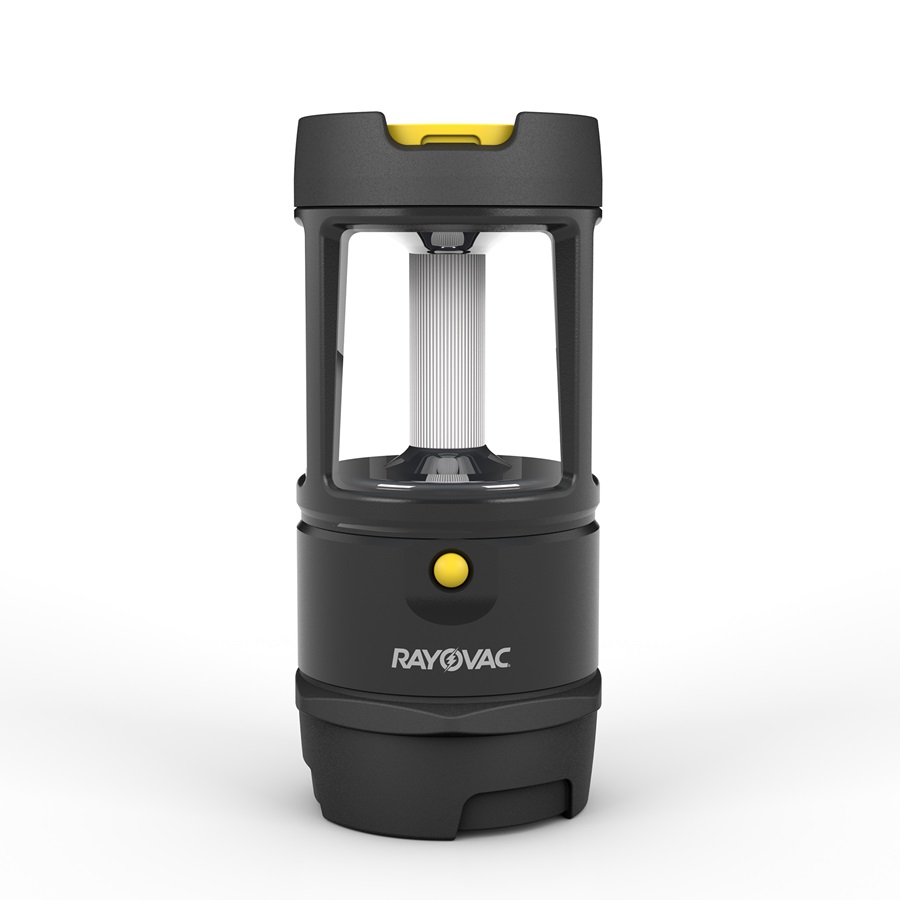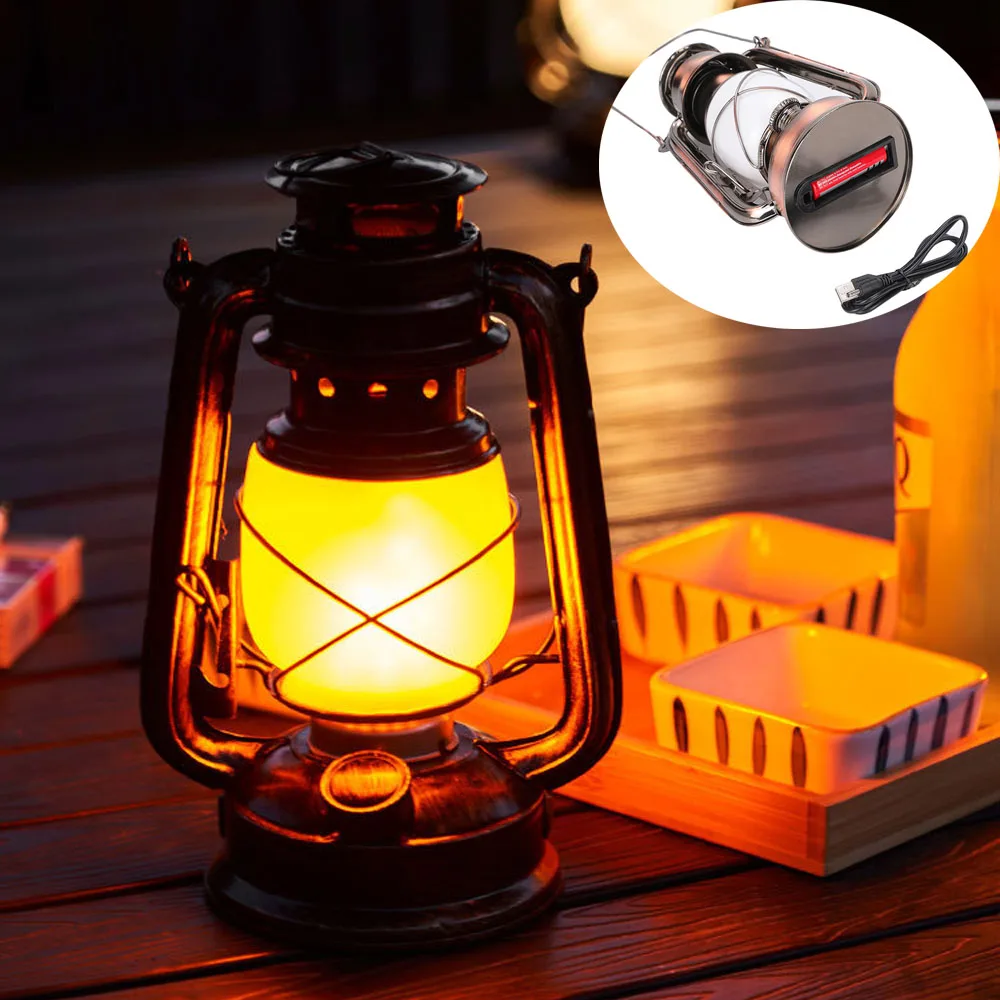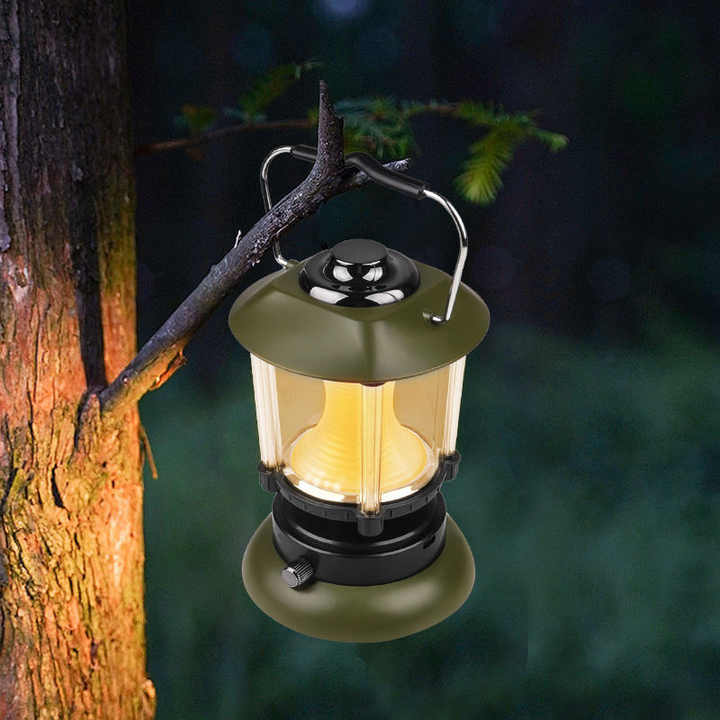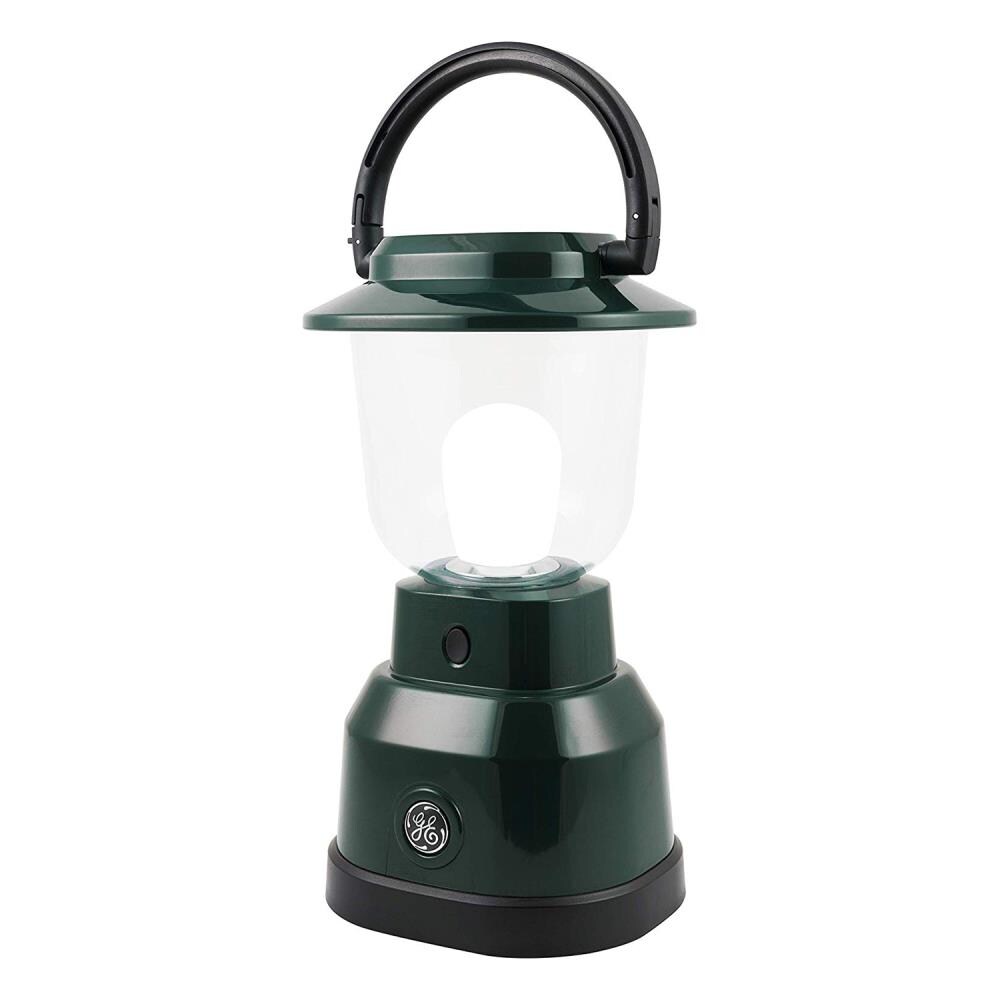Camping is a fantastic way to connect with nature and escape the hustle and bustle of everyday life. However, once the sun sets, your outdoor experience can quickly change without proper lighting. A good camping lantern can illuminate your campsite, help you navigate in the dark, and create a cozy atmosphere. With a wide range of lanterns available, it’s essential to choose the right one for your adventure. This article will guide you through the process of selecting the perfect camping lantern to ensure your camping experience is safe and enjoyable.
Understanding the Different Types of Camping Lanterns
Fuel-Based Lanterns
Camping lanterns can be categorized primarily into two types: fuel-based and battery-operated. Fuel-based lanterns often use propane or white gas as their power source. These lanterns produce bright light and usually generate a warm, inviting glow. While they can provide significant illumination, they do require more preparation before use.
Fuel-based lanterns are well-suited for extended camping trips, especially in remote areas where electricity is unavailable. However, they can be heavier and bulkier compared to their battery-operated counterparts. It’s crucial to carry extra fuel and familiarize yourself with safety procedures when using these types of lanterns.
Battery-Operated Lanterns
Battery-operated lanterns offer a more convenient solution for camping, especially for short trips or car camping. They come in various styles, from simple LED lanterns to fancy models with multiple brightness settings. Many battery-operated lights are lightweight and compact, perfect for backpacking.
One of the main advantages of battery-powered lanterns is their ease of use. Simply insert batteries, press a button, and you’re ready to go. However, you must remember to carry extra batteries or have a power source available to recharge your lantern during your trip. These lanterns can vary widely in brightness, so it’s essential to choose one that meets your specific needs.

Assessing Brightness and Lumens
Understanding Lumens
Brightness is a crucial factor when choosing a camping lantern. The amount of light emitted is measured in lumens. A higher lumen count means a brighter light, while a lower count indicates dimmer lighting. Knowing how many lumens you need depends on several factors, including the size of your campsite and your intended use of the lantern.
For general campsite illumination, look for a lantern with at least 100 to 300 lumens. This brightness is typically enough to light up a small area effectively. If you require lighting for activities like cooking or reading, you may want a lantern with around 500 lumens or more. Alternatively, for mood lighting or when you only need minimal light, a lantern with 50 lumens can suffice.
Adjustable Brightness Settings
Many modern camping lanterns come with adjustable brightness settings. This feature allows you to customize the amount of light based on your needs. Using a lower brightness setting during quiet evenings can preserve battery life while providing just enough illumination. Conversely, a higher setting can be used for more activity-focused tasks, providing ample light for cooking or playing games.
Before making a decision, consider your typical camping activities. If you enjoy reading at night or cooking after dark, a lantern with adjustable brightness will offer versatility for all your needs. Selecting a model that can adapt to different situations will enhance your camping experience significantly.

Evaluating Power Sources
Battery Options
When selecting a battery-operated lantern, consider the type of batteries required for operation. Common options include AA, AAA, or rechargeable batteries. Some models have built-in lithium-ion batteries, which can be recharged via USB. This feature is particularly convenient for campers who want to minimize waste and save on battery costs.
When using standard batteries, keep in mind how long they will last. Some lanterns provide an estimated runtime based on brightness settings. For example, a lantern may last up to 40 hours on low settings but only 10 hours on high. Always check the runtime specifications before purchasing to ensure the lantern will meet your needs throughout your trip.
Fuel Types for Lanterns
If you opt for a fuel-based lantern, familiarize yourself with the types of fuel required. Common fuels include propane, butane, and white gas. Each has specific storage and usage considerations. For example, propane is typically sold in small canisters, making it easy to pack and carry. It has a longer burn time but may require a separate attachment for the lantern.
Always check the local regulations regarding fuel usage when camping. Some areas have strict guidelines about open flames and certain fuel types. Being aware of these regulations ensures that you comply and helps keep your camping experience safe.
Portability and Weight Considerations
Assessing Your Camping Style
When choosing a camping lantern, consider how you will transport it. For car camping, you have more flexibility with size and weight, allowing you to pack larger, heavier lanterns. However, for backpacking or hiking trips, portability becomes critical. Look for lightweight and compact options that can fit easily into your pack without taking up too much space.
For backpackers, lanterns weighing less than 1 pound are ideal. Many brands offer compact designs that use LEDs for low power consumption. These lights can provide ample brightness while remaining lightweight, allowing you to carry them without straining your back. Think carefully about your camping style and needs to ensure you select the right lantern for the journey.
Convenience Features
Consider additional features that enhance portability and convenience. Look for lanterns with built-in hooks or handles that make them easy to hang from trees, tents, or hiking packs. Some models double as a flashlight or portable power bank for charging devices, making them incredibly versatile during your trip.
Another useful feature can be collapsibility. Lanterns that can be compressed or folded for easy storage can save space when traveling. This practicality allows campers to pack efficiently, ensuring that they maximize their gear without adding unnecessary weight.

Durability and Weather Resistance
Material Quality
The materials used to construct your camping lantern significantly impact its durability. Sturdy metal or high-quality plastic can withstand the rigors of outdoor life. Look for models with reinforced bodies that can handle bumps and drops without breaking. A durable lantern is essential for ensuring long-term use and minimizing replacement costs.
Consider a lantern with an impact-resistant design. Many manufacturers specify their products as being built to survive rough handling and challenging conditions. Some lanterns even come with rubberized casings that absorb shock and protect against scratches. When choosing a lantern, prioritize quality materials and construction.
Water and Weather Resistance
Another vital factor to consider is weather resistance. Camping can expose you to various environmental elements, from rain to dust. A good camping lantern should be able to withstand some degree of moisture and should have an IP rating indicating its water resistance. An IPX4 rating means the lantern is splash-proof, while higher ratings offer more substantial protection against water.
When camping in unpredictable weather or during wet seasons, opt for a lantern with robust water-resistant features. Some models offer sealed battery compartments and covers that prevent moisture from seeping in. Ensuring that your lantern remains functional in all conditions adds peace of mind to your outdoor adventures.
Safety Features
Flame-Controlled Options
If you choose a fuel-based lantern, consider safety features that can prevent accidental fires or burn injuries. Many modern fuel lanterns are designed with flame control to regulate the size and intensity of the flame. This capability reduces the risk of flare-ups or dangerous heat levels during operation.
Look for features such as pressure control valves that maintain consistent fuel flow, or filters that minimize soot production. These characteristics ensure safe and efficient operation while using the lantern. Ensuring a safe cooking and lighting environment is vital to enjoying your camping experience fully.
Cool-to-the-Touch Designs
When selecting a lantern, safety should always be a concern, especially if children are involved. Some lanterns come with cool-to-the-touch designs that prevent accidental burns. This feature is helpful when using the lantern around the campsite or in close quarters.
LED lanterns tend to remain cool during operation, which contributes to their safety. By choosing a lantern with child-safe features, you can create a family-friendly camping environment while enjoying the benefits of proper lighting throughout the night.

Budget Considerations for Camping Lanterns
Setting a Realistic Budget
When selecting a camping lantern, it’s essential to determine your budget before exploring the available options. Camping lanterns come at various price points, ranging from budget-friendly models to high-end designs with advanced features. Setting a realistic budget helps narrow down choices, ensuring that you don’t spend unnecessarily while still finding a lantern that meets your needs.
Generally, you can find quality camping lanterns priced between 20and100. More affordable lanterns may not offer all the bells and whistles, but they can still provide reliable performance for occasional campers. Investing in a higher-priced model can be beneficial for avid campers looking for long-lasting durability and versatile features. Consider how often you will use the lantern and how much value you place on specific features when making your decision.
Evaluating Long-Term Costs
While the upfront cost of a camping lantern is crucial, it’s equally important to consider long-term expenses. For gas-powered lanterns, think about the cost of fuel refills over time. If you opt for battery-operated models, factor in the price of replacement batteries or the need for a solar charging setup. Many campers prefer recharging options that can significantly reduce long-term costs associated with batteries.
Evaluate the potential lifespan of the lantern as well. A higher-quality lantern may come with a higher initial cost but can save money in the long run due to its durability and efficiency. Prioritize lanterns that offer warranties or guarantees, providing peace of mind in your investment. Balancing initial costs and long-term savings is a key strategy for smart purchasing.
User Reviews and Recommendations
Gathering Firsthand Experiences
Before finalizing your choice, it’s beneficial to read user reviews and recommendations about the lanterns you’re considering. Online platforms, outdoor gear websites, and camping forums often include experiences from fellow campers. Their insights can provide valuable information about the lantern’s performance, durability, and overall satisfaction.
Pay attention to common themes in reviews, such as ease of use, battery life, brightness, and build quality. Users may also discuss issues like the weight of the lantern or its effectiveness in different weather conditions. Gathering firsthand experiences from real users ensures you make a more informed decision based on practical insights rather than just specifications.
Engaging with the Camping Community
Engaging with the camping community can also be a useful way to gain information about camping lanterns. Attend outdoor expos, camping workshops, or local meet-ups where you can interact with experienced campers and gear enthusiasts. This face-to-face interaction allows you to ask questions, share experiences, and even see some lanterns in action.
Social media platforms and online communities offer additional opportunities for engagement. Follow outdoor and camping groups where members regularly post their favorite gear recommendations, share photos, and offer advice. Building connections within the camping community not only enriches your knowledge but also helps you discover new products that align with your adventurous spirit.

Testing Your Lantern Before the Trip
Conducting a Test Run
Once you’ve selected a camping lantern, it’s essential to conduct a test run before your trip. Set up the lantern in a controlled environment, such as your backyard or a well-lit area. Pay attention to how easy it is to operate, adjust brightness levels, and manage the power source. Familiarizing yourself with the lantern’s features ensures you can use it effectively when needed.
During the test run, assess how bright the lantern is in comparison to your expectations. If it has adjustable settings, experiment with different brightness levels to understand its capabilities and battery consumption. Make sure to also test any added features, such as hooks for hanging or compatibility with power sources. This hands-on experience will boost your confidence and ability to use the lantern during your actual camping adventure.
Preparing for Emergencies
Testing your lantern also helps you prepare for emergency situations. Ensure that it works properly in low-light conditions. It’s a good idea to have a backup light source, such as a flashlight or headlamp, for any unexpected situations. Knowing how your lantern responds in various conditions can make a significant difference during nighttime activities at the campsite.
Finally, double-check that you have all necessary components and accessories. If your lantern requires additional attachments or a specific type of fuel, make sure you pack everything before heading out. Being thoroughly prepared guarantees peace of mind while you focus on enjoying the great outdoors.
Making an Informed Choice
Choosing the right camping lantern can significantly enhance your outdoor experience. Understanding the different types of lanterns, assessing brightness levels, and considering power sources are all essential steps in making an informed decision. Portability, durability, safety features, and convenience enhancements also play significant roles in determining the best fit for your adventures.
Before your next camping trip, take the time to evaluate your specific needs and requirements. By investing in a high-quality lantern suited to your purposes, you can ensure you have the light necessary to enjoy your time outdoors fully. Embrace your adventures, explore new places, and create unforgettable memories by making the right choice of camping lantern for your unique journey into the wilderness. Happy camping!
